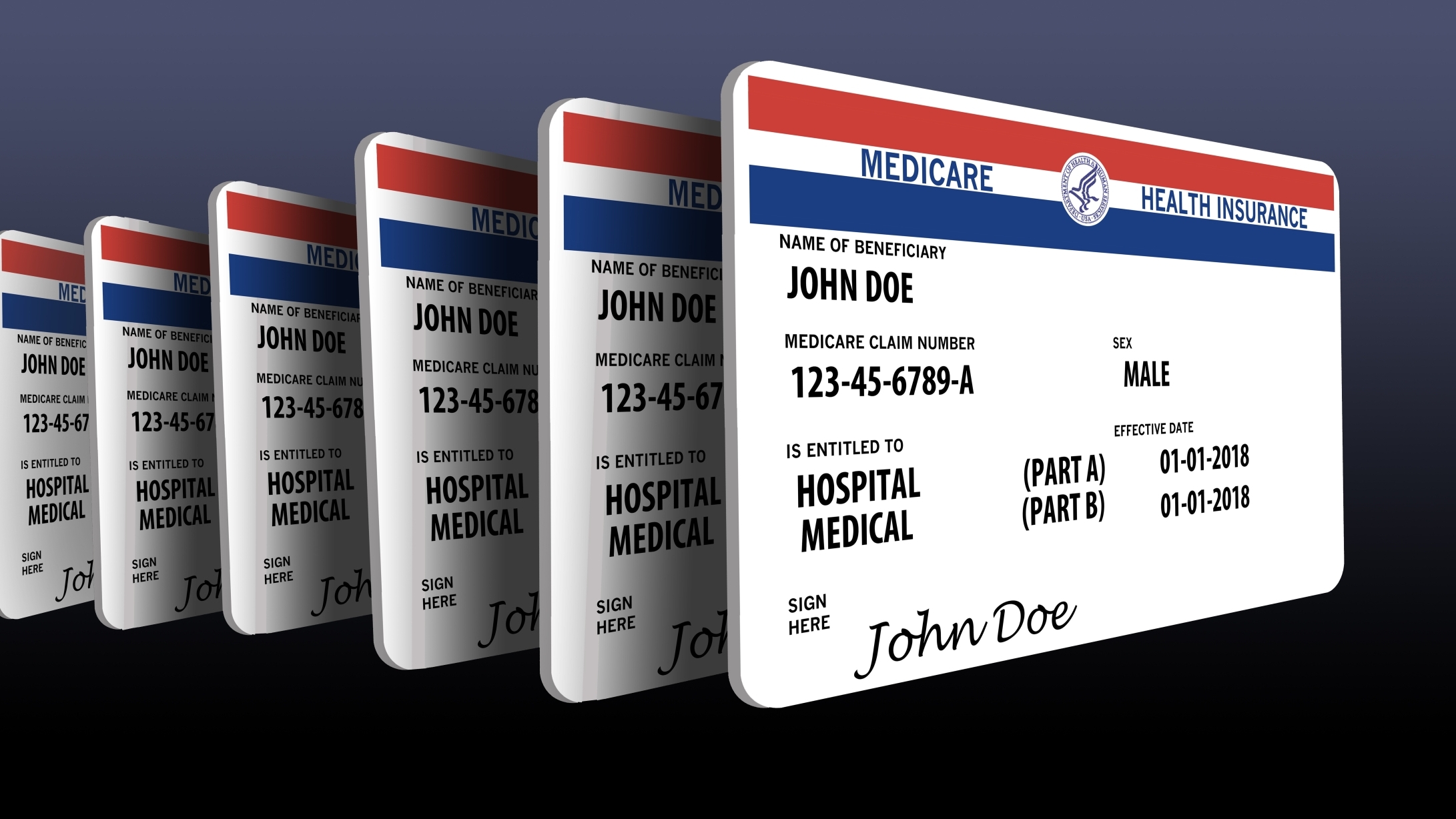
For just under a decade at Inside Medicine, we have served as a trusted resource for Alabamians looking to get comprehensive information about healthcare. We have reported on the best doctors in the state, the development of new medicines, and more, all in the name of improving healthcare accessibility.
In the last few years alone, we have highlighted several notable activities in the healthcare space. One of these has been the introduction of FDA-approved anti-obesity medications (AOMs).
For our state and the nation at large, these medications are a game-changer as we look to tackle obesity.
Obesity is the second biggest predictor of death and hospitalizations next to age. Beyond that, it is responsible for 400,000 deaths annually and is connected to over 200 other serious diseases. And while obesity is an epidemic affecting the whole country, Alabama has been hit particularly hard.
At over 39 percent, our state has one of the highest rates of obesity in the country. In the last 20 years alone, the obesity rate has risen nearly 15 percent, and without intervention, is showing no signs of slowing down.
Future increases in the obesity rate means more deaths, hospitalizations, doctor’s appointments, and prescriptions from treating obesity-related conditions, and added financial strain on our country’s Medicare and Medicaid programs. This could all be reduced or alleviated through broader access to AOMs.
The introduction of these medications is one piece of the puzzle and delivery is the other. Right now, our state’s most vulnerable populations that rely on Medicare and Medicaid are unable to access AOMs due to federal regulations that limit their coverage.
That, however, could soon change as the Trump Administration considers a proposed Centers for Medicare and Medicaid Services (CMS) rule to expand Medicare and Medicaid coverage of AOMs. This rule, which is long overdue, would unlock the full potential of these medications and ensure that Americans who need them could have affordable access to them.
Obesity is a disease just like any other, and the treatment for it needs to recognize that. In the same way not all cancer patients receive the same chemotherapy, not all patients affected by obesity should receive the treatment. For many patients, diet and exercise alone are not enough, and AOMs must be a part of the equation.
But the current regulations mean that these benefits are not felt more widely. Not only that, but they take medical decisions out of the hands of both doctors and patients.
Doctors, who are best equipped to determine whether a patient needs AOMs, are limited in their ability to prescribe them; Medicare patients, who have paid into the system their whole life, are hampered by regulations written in 2003.
Even worse, for some patients, aging into Medicare can cost them the coverage that they had for AOMs under their private insurance.
It is clear the current approach to obesity is not working. Not just in the sense that we are failing to reduce the prevalence of obesity, but that we are also not spending money effectively or utilizing all available resources.
Annually, obesity is a $1.7 trillion disease between direct health care costs and indirect work-related costs. For Medicare, it already costs the government $2,000 more a year to treat a patient with obesity than without. Those higher costs stem from hospitalizations and other treatments largely owing to obesity-related complications.
AOMs have been proven to reduce the risk of heart disease and stroke by 20 percent, in addition to the reductions in blood pressure, improved glycemic health, and weight loss. Yet far too few Americans can access them.
This must change. Finalizing this rule will increase medical freedom and save anywhere from $175 to $245 billion over 10 years as obesity rates fall and complications from the disease decrease as well. Without change, our current trajectory is one the country cannot afford.
Kelly Reese is the Founder of Inside Medicine.






